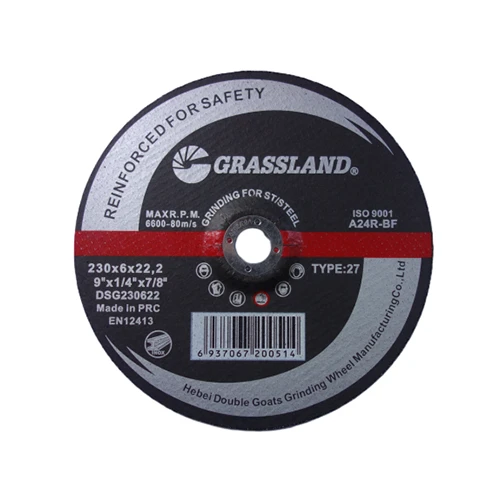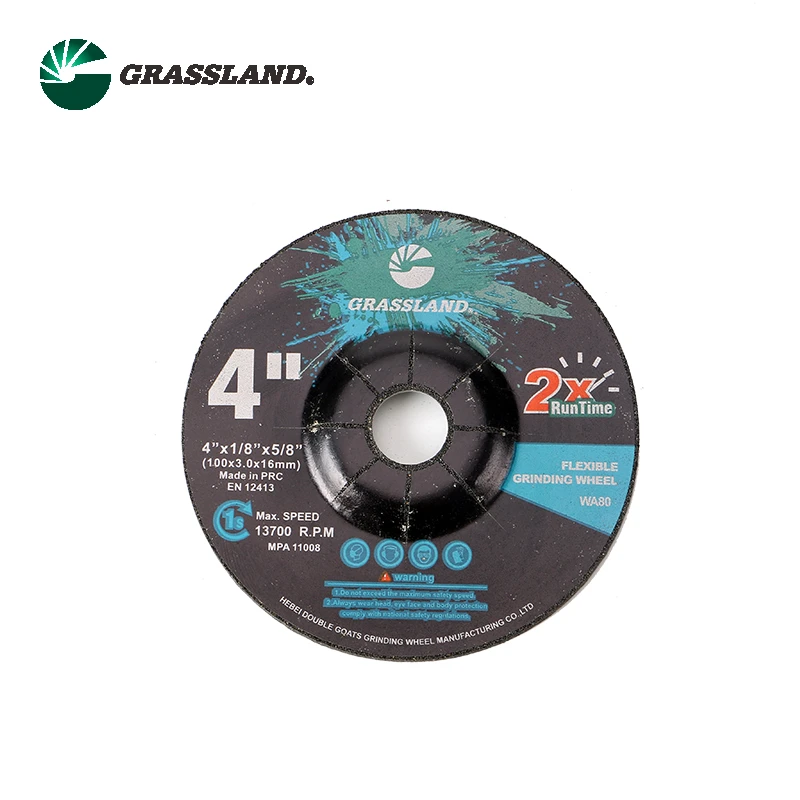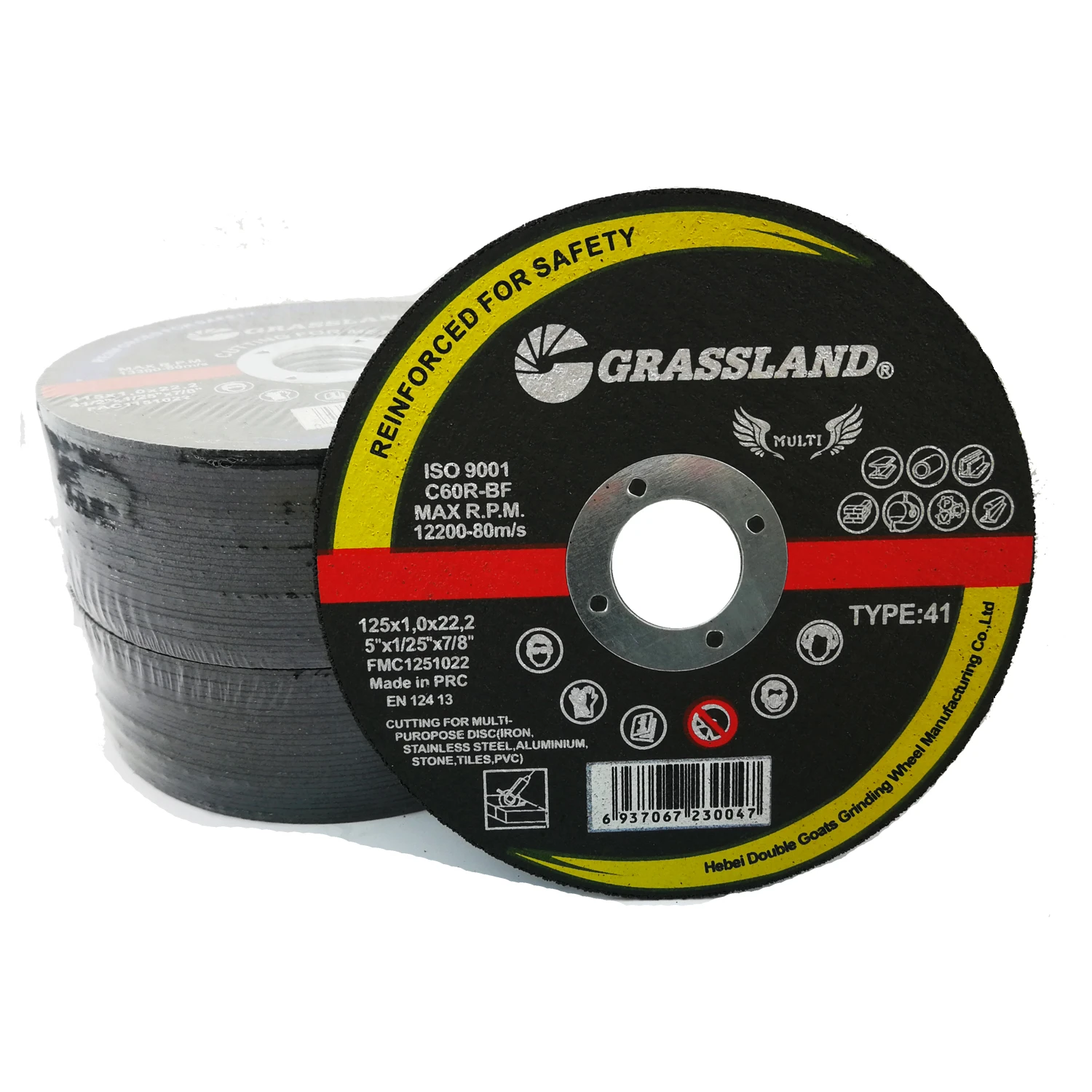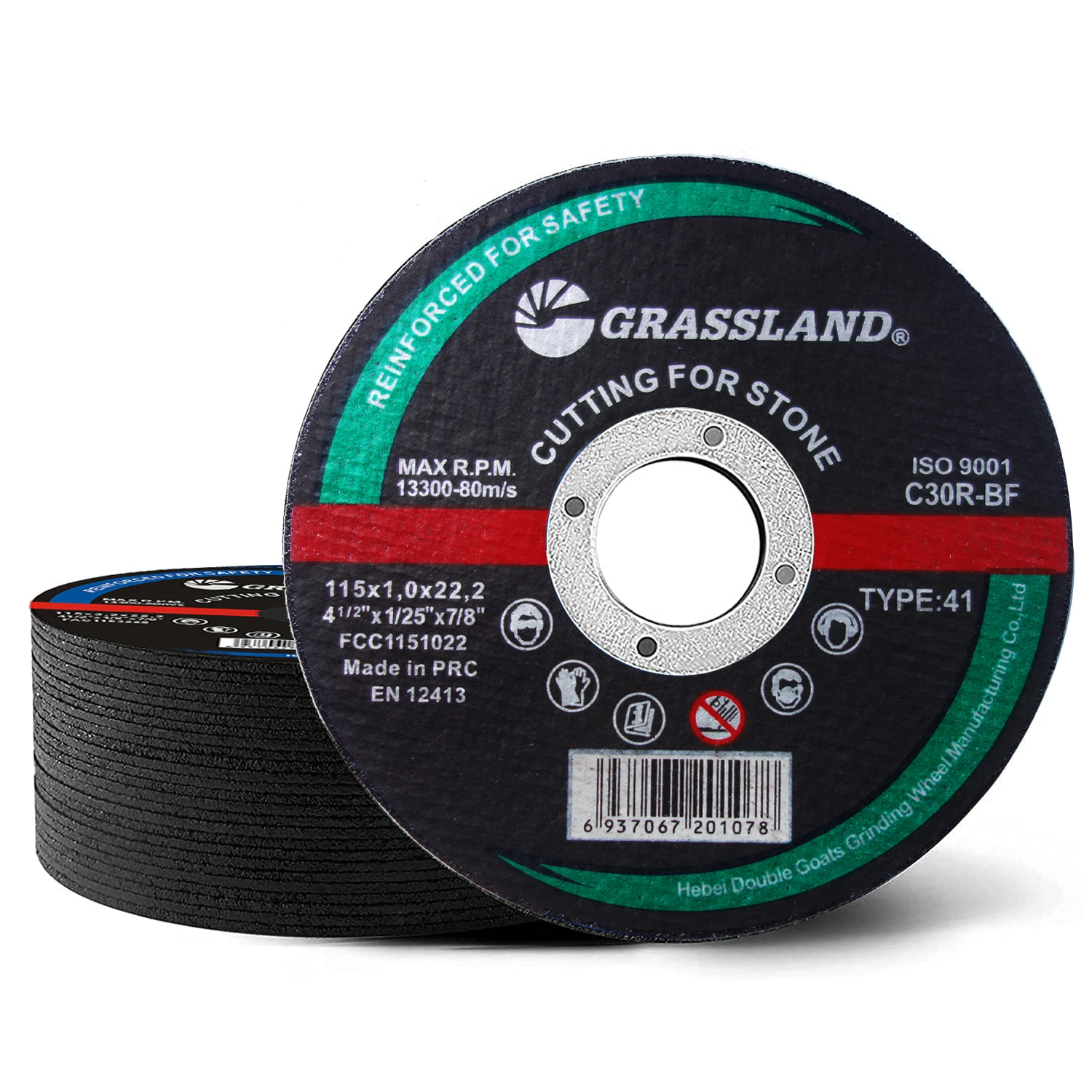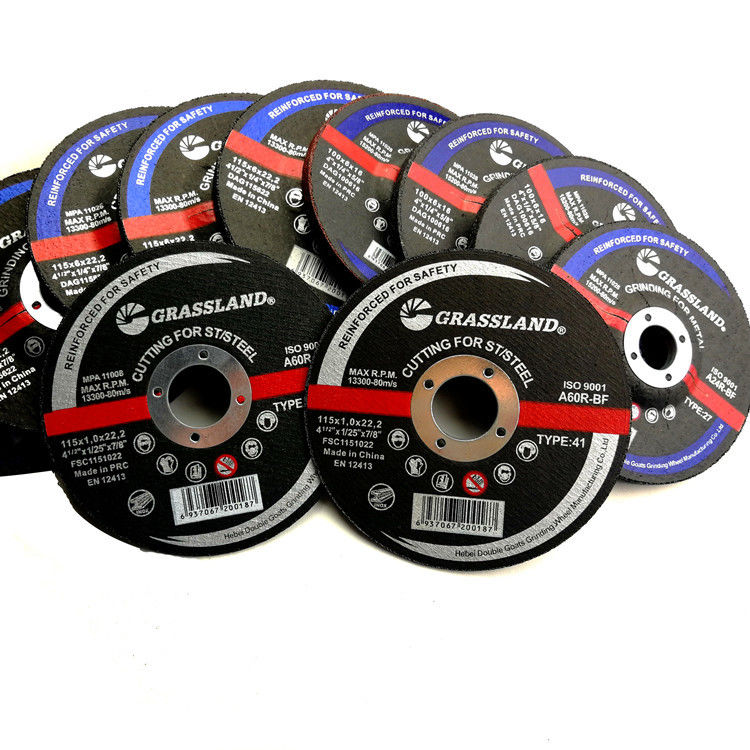The Versatility and Importance of Iron Cutting Wheels in Manufacturing
In the realm of metalworking and manufacturing, iron cutting wheels play a vital role in shaping, crafting, and refining various metal parts and products. These wheels, designed specifically for cutting through hard materials like iron, have become indispensable tools in workshops and manufacturing facilities around the globe. Understanding their design, application, and benefits can provide deeper insight into their significance in various industries.
What are Iron Cutting Wheels?
Iron cutting wheels, often referred to as cutting discs or grinding wheels, are circular tools made of abrasive materials that help cut through metal with precision and speed. They are typically composed of a mixture of aluminum oxide or silicon carbide, bonded together with resin, which forms a sturdy and resilient disc. The grit size and bond type can vary significantly based on the intended application, affecting the cutting efficiency and finish of the material being worked on.
Types of Iron Cutting Wheels
Iron cutting wheels come in various types, each tailored for specific tasks. Some common variants include
1. Type 1 Wheels Flat and utilized primarily for cutting operations where the wheel is used edge-on. 2. Type 27 Wheels These feature a recessed center and are particularly useful for grinding and cutting in tight spaces. 3. Diamond Blades Though not traditional cutting wheels, they are used for specialized cutting tasks, offering exceptional durability and precision, especially with tough materials.
The selection of the right cutting wheel entails considering the material properties, the thickness of the iron, and the desired finish.
Applications in Industries
iron cutting wheel
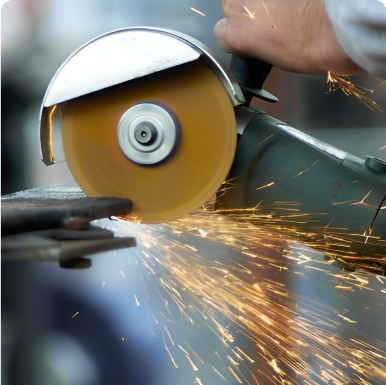
Iron cutting wheels are widely used in various industries, including
1. Manufacturing In factories where iron parts are produced, cutting wheels are essential for shaping components to precise dimensions. 2. Construction They are indispensable in construction sites for cutting rebar, pipes, and other iron materials, ensuring that projects meet specification requirements. 3. Automotive In automobile manufacturing and maintenance, cutting wheels are used for fabricating parts and performing repairs on metal components. 4. Home Improvement DIY enthusiasts rely on iron cutting wheels for home improvement projects involving metalwork, ensuring that ordinary individuals can perform tasks that typically require professional tools.
Advantages of Using Iron Cutting Wheels
The advantages of utilizing iron cutting wheels are manifold
- Precision Cutting wheels allow for accurate and clean cuts, minimizing waste and rework time. - Speed They enable fast cutting speeds, significantly increasing productivity in manufacturing processes. - Cost-Effectiveness Compared to other cutting methods, iron cutting wheels often offer a lower cost per cut, providing economic benefits to businesses. - Versatility These wheels can be used in various applications, from industrial machinery to household tools, making them a versatile choice for metal cutting.
Safety Considerations
While iron cutting wheels are incredibly effective, safety must always be a priority when using them. Operators should always wear protective equipment, including gloves, goggles, and a face shield to prevent injuries from sparks and flying debris. Additionally, proper storage and handling of cutting wheels are crucial to prevent damage and ensure longevity. It’s imperative to follow manufacturer guidelines regarding maximum RPMs to avoid wheel breakage, which can lead to serious accidents.
Conclusion
In conclusion, iron cutting wheels are a cornerstone of the metalworking industry, offering efficiency, precision, and versatility. Whether in the hands of a seasoned professional or a DIY enthusiast, these tools facilitate a wide range of tasks, from construction and automotive work to general metal fabrication. As technology advances, we can expect continuous improvement in the design and functionality of cutting wheels, further enhancing their role in shaping the future of manufacturing and construction. Understanding their importance not only highlights their practical applications but also emphasizes the need for safe practices when utilizing these powerful tools.
Post time:Dec - 04 - 2024








